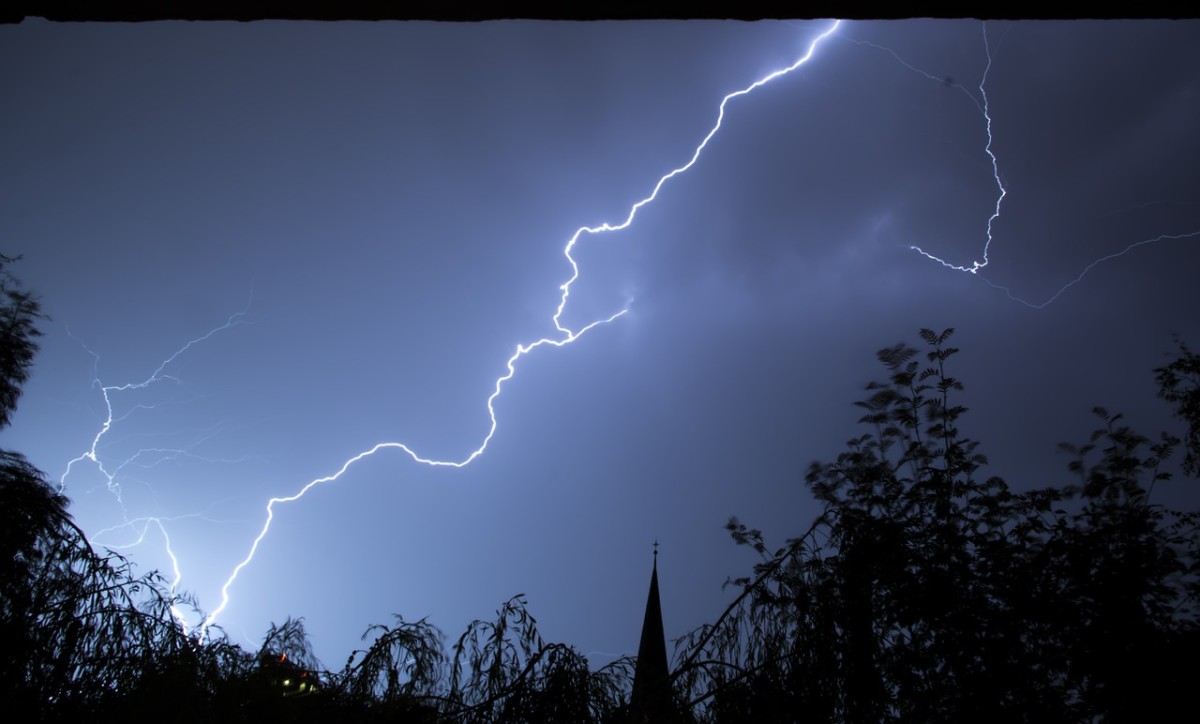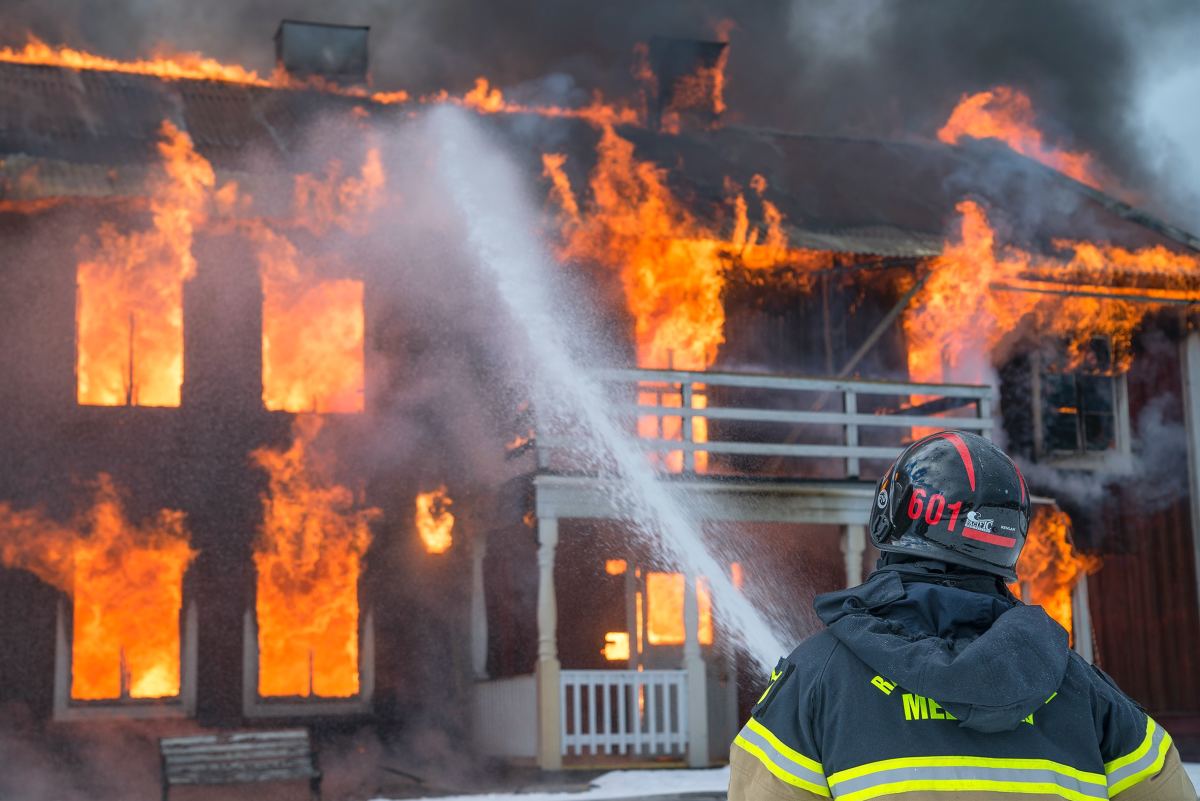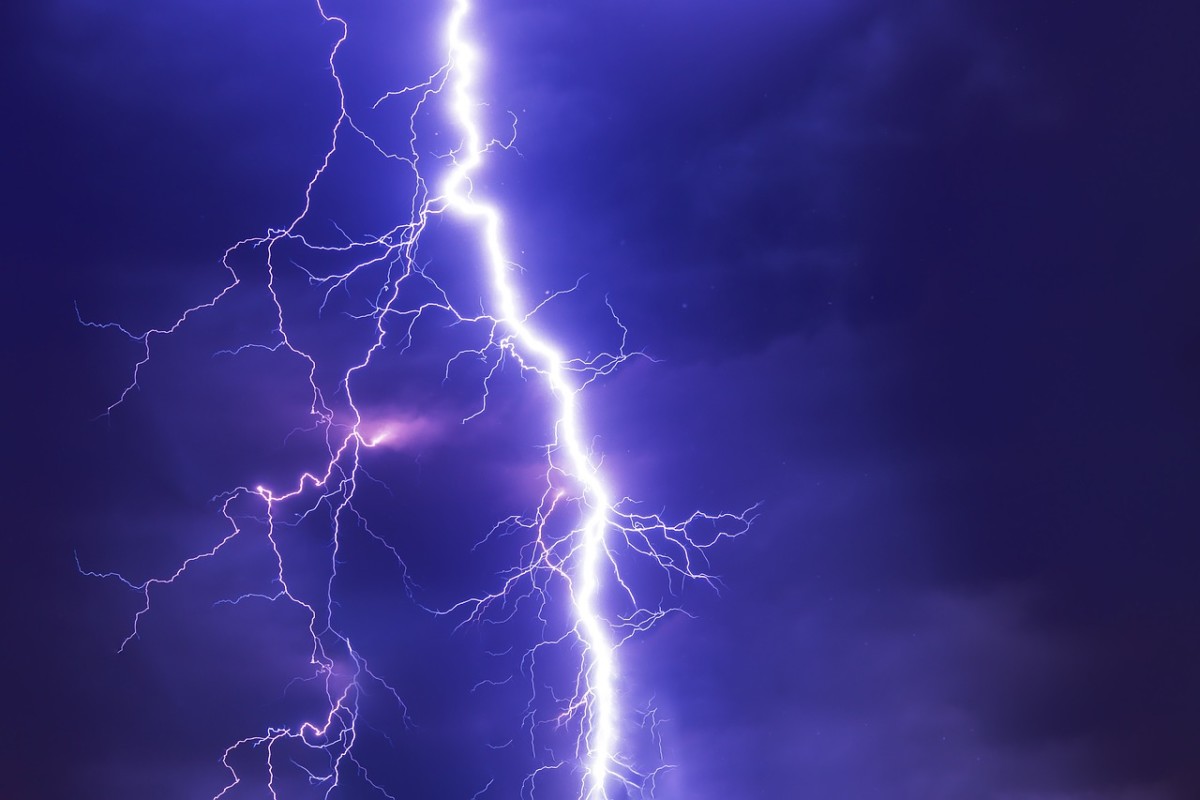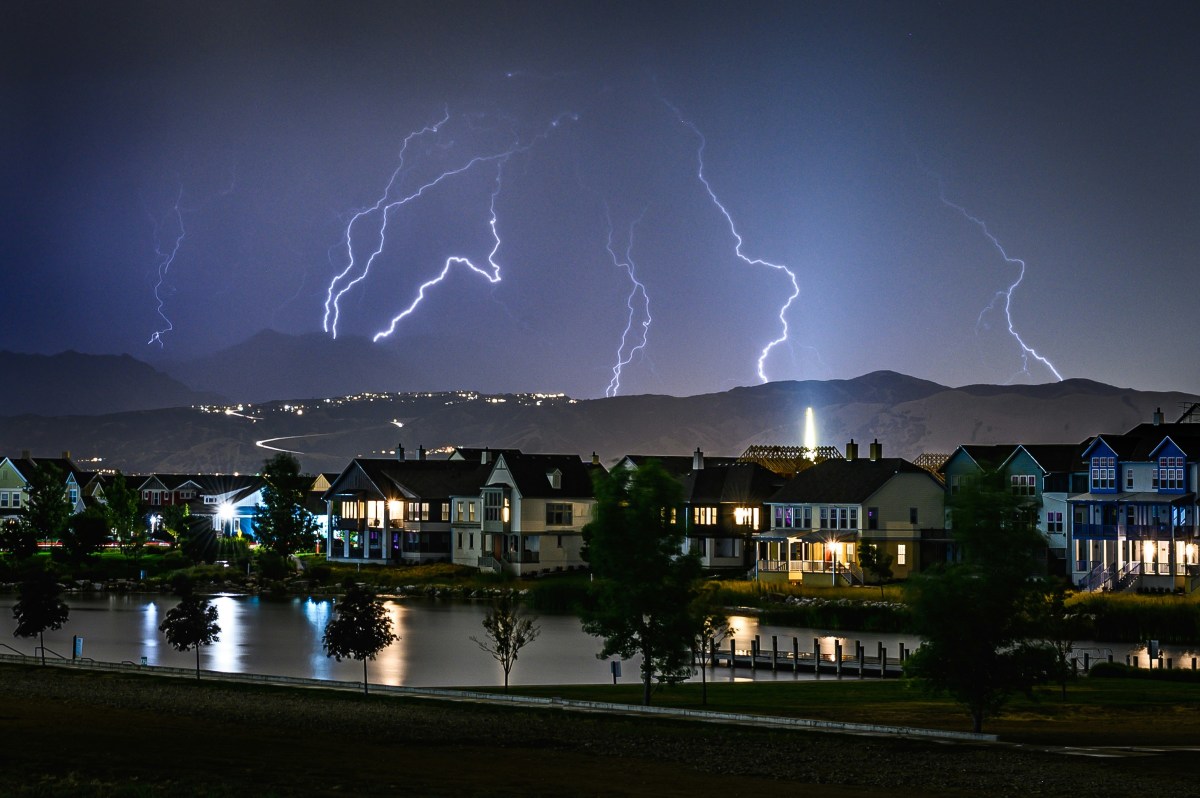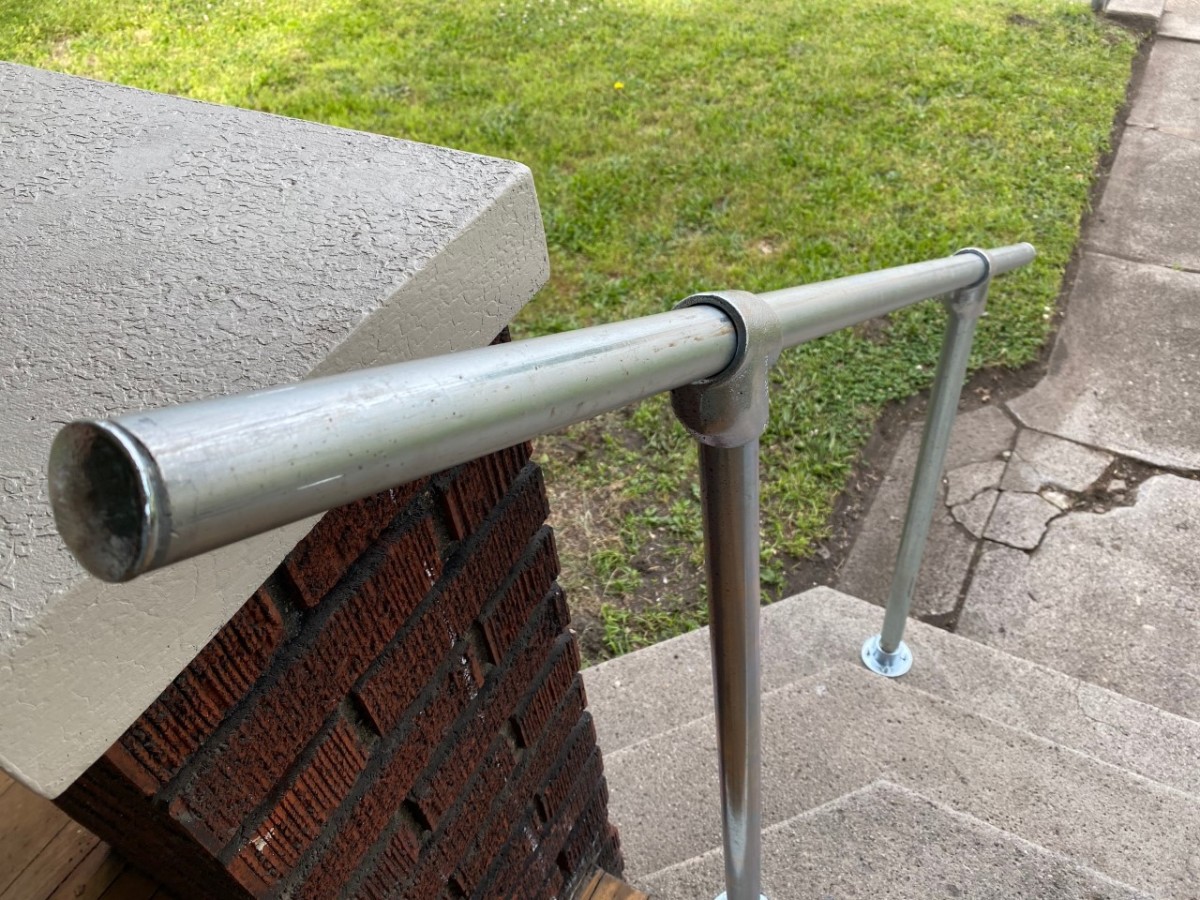Home Lightning Protection
Lightning protection has always been one of the most neglected part of many homes. Maybe it has been so because the role played by a home lightning protection system is very passive, unlike other parts of electrical systems.
However, it is our responsibility to make sure that our homes and our workplace are adequately protected from lightning strikes and their effects, and when they do strike, the occupants of the building or house are safe and the properties are not damaged.
What Is Lightning?
The lightning strikes come from the clouds that have been charged with static electricity to a very high voltage (i.e. electrical pressure).
These clouds get charged due to the movements and frictions among themselves up in the sky. The electric currents do not flow from the clouds until the air separating them breaks down, that is when it can no longer handle the high voltage difference between one cloud and the earth surface, or between the clouds themselves.
How Is It Created?
When the air breaks down, electric current flows through the air from the cloud to earth and currents in the magnitude of over 200,000 amperes for each strike are daily occurrences in some parts of the world.
Just consider an electrical overload or a short-circuit in our house wiring. These electrical faults would usually result in the current of only a few hundred amperes. Yet they can already start fires and cause a lot of damage on properties.
Compare this to the 200, 000 amperes that can be carried by each of the lightning strikes, then we can imagine what kind of damage a lightning strike can do. Even multiple human casualties are common results from a single lightning strike to an occupied house.
Is your Home Safe From Lightning Strikes?
The question now: Is your home, office or shop building adequately protected against these highly possible attacks from the sky?
Buildings of significant sizes usually have a proper lightning protection system installed. This sort of buildings normally has a knowledgeable management to look after their maintenance.
However for houses or very small buildings, they may not have the people knowledgeable enough to ensure that adequate protection has been installed and maintained in a satisfactory condition.
How Lightning Protection Works
A lightning protection system that can handle lightning strikes is actually an electrical cage. This electrical cage is basically constructed of electrical conductors or cables interconnected in a network over the roof of a building.
A few vertical air finials approximately one foot high are normally visible above the roof, and these are connected to and become part of the roof conductor network.
When the lightning strikes, it usually strikes these roof electrical conductors. The electrical current will be routed to the ground through a number of down conductors installed uniformly around the perimeter walls of the building or the house at approximately 20 meter spacing.
Once the electrical charge is routed into the ground, the charge must be dissipated into the mass of earth quickly enough. Otherwise a high voltage will be developed at ground level and this can damage equipment cause injuries or even death to the building occupants.
The quick discharge is facilitated by installation of steel rods of approximately half-inch in diameter to the depth of a few feet into the ground.
On the ground surface, the top of this steel rods are usually enclosed inside a small square concrete inspection chambers called earth chambers.
Any Missing Parts From Your Home Lightning Protection?
To sum it up, the lightning protection system is made up of the aerial conductor network, the down conductors and the earthing system.
All these parts are easily visible and the system can be visually checked.
Each part of the conductors must be solidly connected to the adjacent parts. If common sense says that there is something not right with any of the joints, or if any stretch of the conductor is missing, a qualified electrical contractor need to be called immediately.
Nobody knows when the next lightning strike to the house will be.
Regular Checking Is Required - As Always
As with many protection systems in an electrical installation, a large part of the system seem just to sit there passively as if without purpose. We usually do not know if it is working or not until something happens.
That is how the lightning protection works and that is the very reason it needs regular checking by the users or the maintenance people.
Similar to the routine checks we always do to the tires of our automobiles before every trip to ensure the safety of our family, a quick inspection must be done regularly to the home lightning protection system to ensure it is in a good working condition and it is giving an optimum protection.
Feel free to visit my other blog http://electricalinstallationblog.blogspot.com/ to read more on various other issues on electrical installations and home lightning protection.

